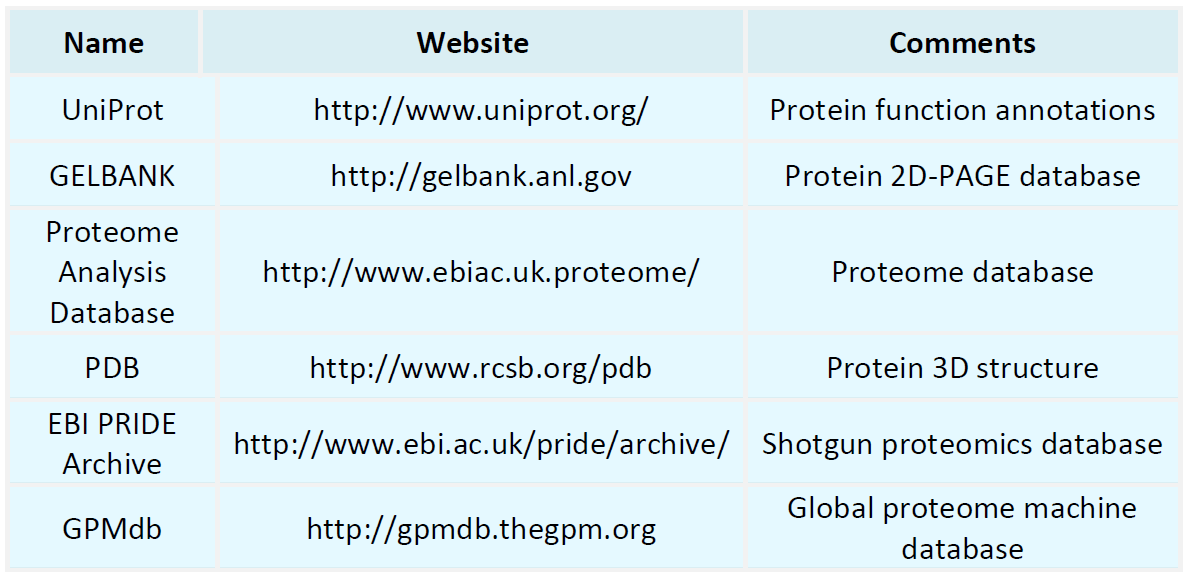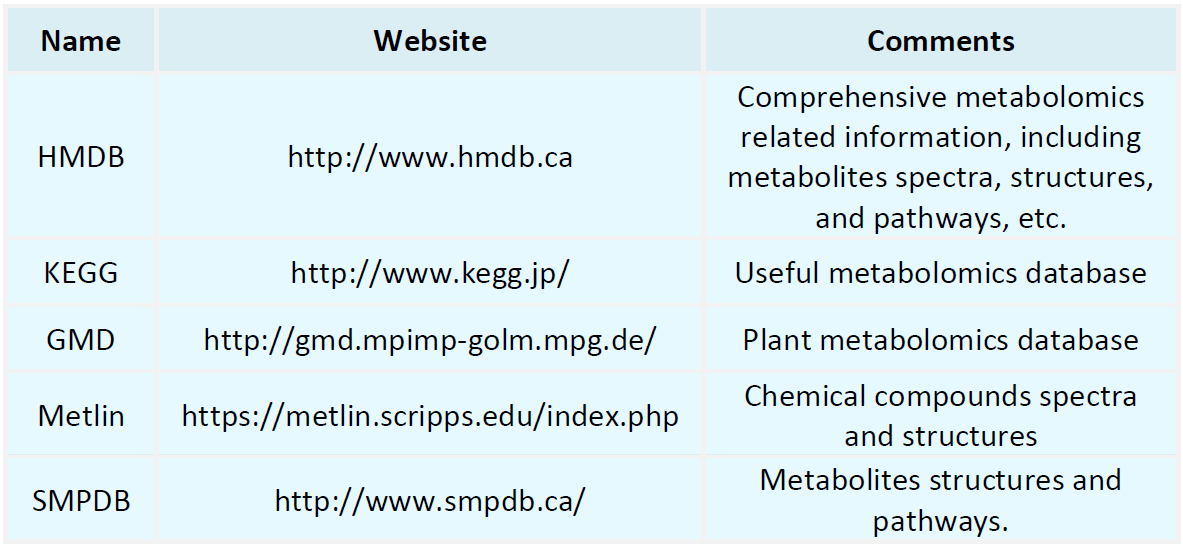Resources
Proteomics Databases

Metabolomics Databases

-
• Procedure of Top-Down Protein Sequencing for Modified Terminals
Top-down protein sequencing is a powerful mass spectrometry-based approach used to analyze intact proteins without the need for enzymatic digestion. This method provides a comprehensive view of protein modifications, including those at the N- and C-terminal ends, which are critical for understanding protein function and regulation.
-
• Analysis of Monoclonal Antibodies Using De Novo Sequencing
Monoclonal antibodies (mAbs) are antibodies produced by a single B cell clone, known for their high specificity and consistency. They have become crucial in therapeutic, diagnostic, and research applications.
-
• Detection of Protein Modifications by Top-Down Sequencing
Proteins are the primary agents of life activities, performing a wide range of functions such as catalyzing biochemical reactions, providing structural support, and transmitting signals. The functionality of a protein is determined not only by its amino acid sequence but also by its post-translational modifications (PTMs). PTMs refer to the chemical alterations that occur after protein synthesis, modifying its properties and functions.
-
• Procedure for Peptide Sequencing Based on De Novo Method
In proteomics research, peptide sequencing is a crucial technique for understanding protein structure and function. Unlike traditional database search methods, De Novo sequencing does not rely on known protein sequence databases but directly derives amino acid sequences from mass spectrometry data.
-
• Analysis of Top-Down Protein Sequencing by MALDI ISD
Proteins are essential functional molecules within organisms, and studying their structure and function is crucial for understanding life processes. The development of protein sequencing technologies provides powerful tools for revealing the amino acid sequences and structures of proteins. Among these technologies, Matrix-Assisted Laser Desorption/Ionization (MALDI) combined with In-Source Decay (ISD) has emerged as an efficient and precise method for top-down protein sequencing.
-
• Analysis of Peptide Sequencing Using Mass Spectrometry
In biological research, analyzing protein structures and functions is critical to understanding biological system mechanisms. Peptides, the fundamental units of proteins, provide vital sequence information necessary for elucidating protein structure and function. Mass spectrometry, known for its high sensitivity and resolution, has become an essential tool for peptide sequencing analysis.
-
• Analysis of N-Terminal Sequencing Using Edman Degradation and Mass Spectrometry
N-terminal sequencing is a critical technique in protein analysis, primarily used to determine the amino acid sequence at the N-terminus of a protein or peptide. This method is essential in characterizing protein structures, identifying proteins, and understanding their functional properties.
-
• Analysis of C-Terminal Sequencing Using LC-MS/MS
C-terminal sequencing plays a crucial role in proteomics research. Liquid chromatography-tandem mass spectrometry (LC-MS/MS) is a powerful tool for identifying C-terminal sequences.
-
• Sequence Analysis of Proteins Using Multi-Enzyme Digestion Coupled with LC-MS/MS
Proteins are crucial in executing biological functions, and understanding their structure and function is essential for elucidating biological phenomena. Traditional methods like Edman degradation provide some sequence information but are inefficient and lack sensitivity, making them unsuitable for complex protein samples. LC-MS/MS combines the separation capabilities of liquid chromatography with the detection power of mass spectrometry, establishing itself as a critical tool in modern proteomics research.
-
• Detection of Protein-Protein Interactions by Co-Immunoprecipitation
Protein-protein interactions (PPIs) are crucial in regulating various cellular processes. Understanding these interactions is key to revealing fundamental cellular mechanisms and identifying potential targets for new therapies. Co-Immunoprecipitation (Co-IP) is a classical and widely adopted technique that enables the study of protein complexes and interactions in conditions that closely mimic the physiological environment.
How to order?







